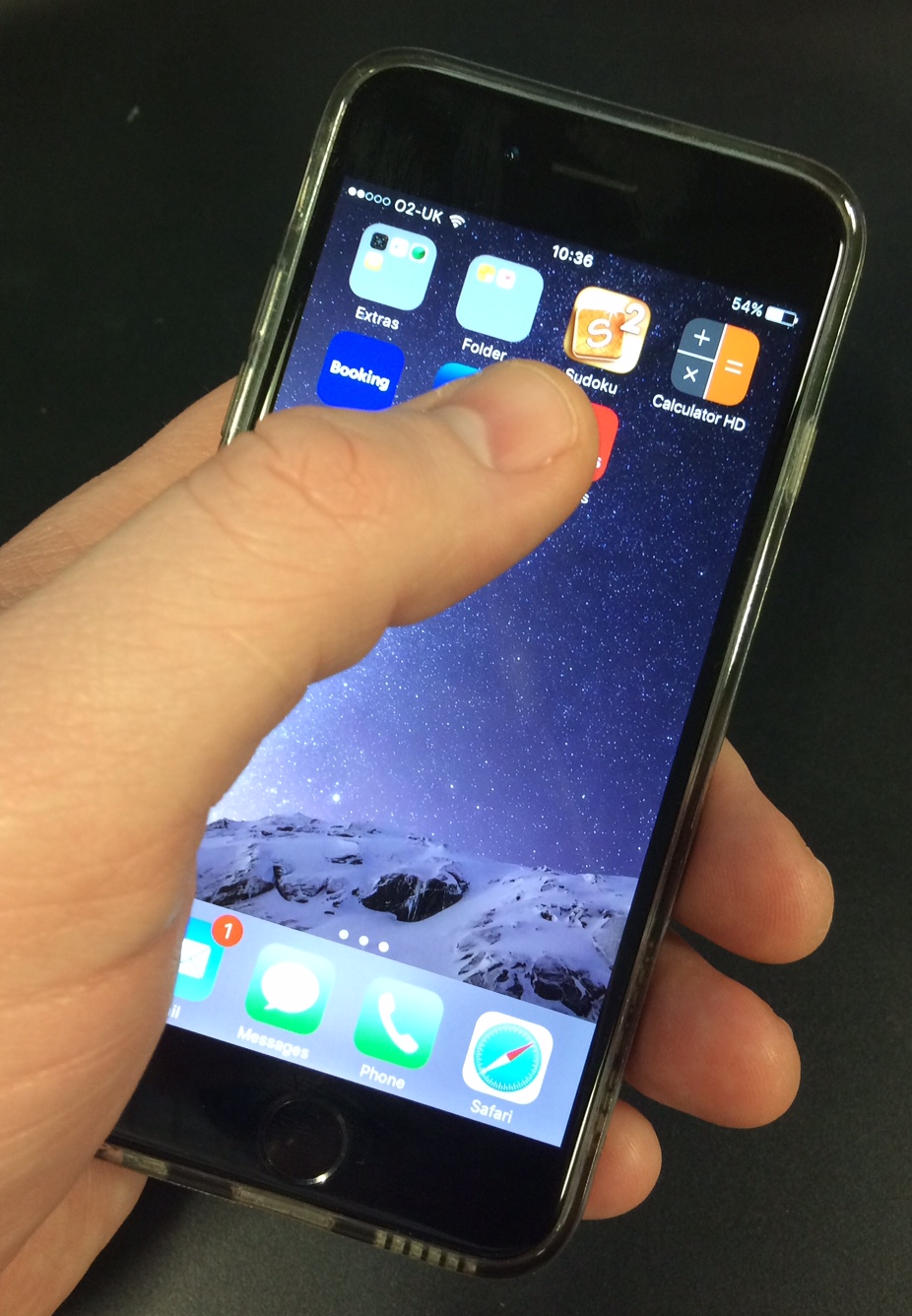Mobile Phones – A Hazard to Navigation?
The US National Transport Safety Board (NTSB) reports that an accident involving a bulk carrier and towing vessels on the Mississippi was contributed to by the crew being distracted by using their mobile phones. The accident resulted in a claim of US$60 million.
 The Captain of one of the towing vessels was using his mobile phone for a personal call. At the same time he was using the bridge radio to talk to the pilot on board the bulk carrier to discuss the vessels’ passing.
The Captain of one of the towing vessels was using his mobile phone for a personal call. At the same time he was using the bridge radio to talk to the pilot on board the bulk carrier to discuss the vessels’ passing.
The NTSB singled out the use of the mobile phone by the officer, stating it had distracted him from his lookout and navigation duties.
The Maritime and Coastguard Agency (MCA) in the UK had already released Marine Guidance Note (MGN) 299, “Interference with Safe Navigation Through Inappropriate Use of Mobile Phones”.
MGN 299 was released partially as a result of the Marine Accident Investigation Branch (MAIB) report on the grounding of the tanker “Attilio Levoli”. This vessel grounded off Southampton. One of the factors reported was the Master’s use of the ship’s mobile phone distracting him from his bridge team and the vessels safe navigation.
Therefore, the MAIB recommended that the routine restricting of mobile phones in pilotage and restricted waters should be introduced.
The Maritime and Coastguard Agency (MCA) responded to the MAIB report by recommending the use of RED ZONES aboard vessels.
What is a Red Zone?
People calling the ship by phone have no way of knowing what the current navigational situation is like. This means that they would call when the officer of the watch or bridge team are under pressure.
The idea of a red zone is to highlight an area on the voyage plan where mobile phones should not be used to make outgoing calls and importantly where incoming calls are diverted to a phone message.
Typically, this would be in place in pilotage areas and other busy navigational areas.
The idea is simple: the officers on the bridge are not distracted by a phone message which assists them in remaining focussed on the safe navigation of the vessel at all times.
Actions?
North encourage the development of procedures in the company’s Shipboard Management System (SMS), for the restriction of mobile phone usage. Master’s should also remind watch keepers of company policy on mobile phone usage in their standing orders.
Perhaps the simplest way of ensuring red zones are used is by incorporating them into voyage planning requirements.
Areas that should be considered as a Red Zone should include:
- Areas of High Traffic Density.
- Times of restricted visibility.
- In areas with a high density of navigational hazards, such as offshore installations and structures.
- The approach to harbours, anchorage and under pilotage.
These areas can then be incorporated into the vessels voyage plan, highlighting areas where the officer should not be distracted by mobile phone calls.
The voyage plan should clearly identify the likely locations of the red zone for the officers on board.
Watch keepers are reminded not to let the use of any equipment on the bridge detract from keeping a safe watch at all times.
For further guidance please refer to Marine Guidance Notes 299.

 , you have now set your site language to English. If you'd like to change your language preference again, simply click on one of the other flags.
, you have now set your site language to English. If you'd like to change your language preference again, simply click on one of the other flags. を選択して頂くと、言語設定が日本語に切り替わります。設定変更後は以下の機能が利用可能です。
を選択して頂くと、言語設定が日本語に切り替わります。設定変更後は以下の機能が利用可能です。
 ,可将网站语言设置为中文。这能帮助您:
,可将网站语言设置为中文。这能帮助您:


